Facts about Roman Catholicism
Trending Now
Roman Catholicism is one of the oldest and most widespread branches of Christianity. With over a billion followers worldwide, it’s a vibrant tapestry of traditions, beliefs, and rituals.
At its core, Catholicism emphasizes the teachings of Jesus Christ, as passed down through the apostles. The faith is celebrated for its rich history, intricate ceremonies, and a deep sense of community that unites Catholics across the globe.
The Origins: How Roman Catholicism Began
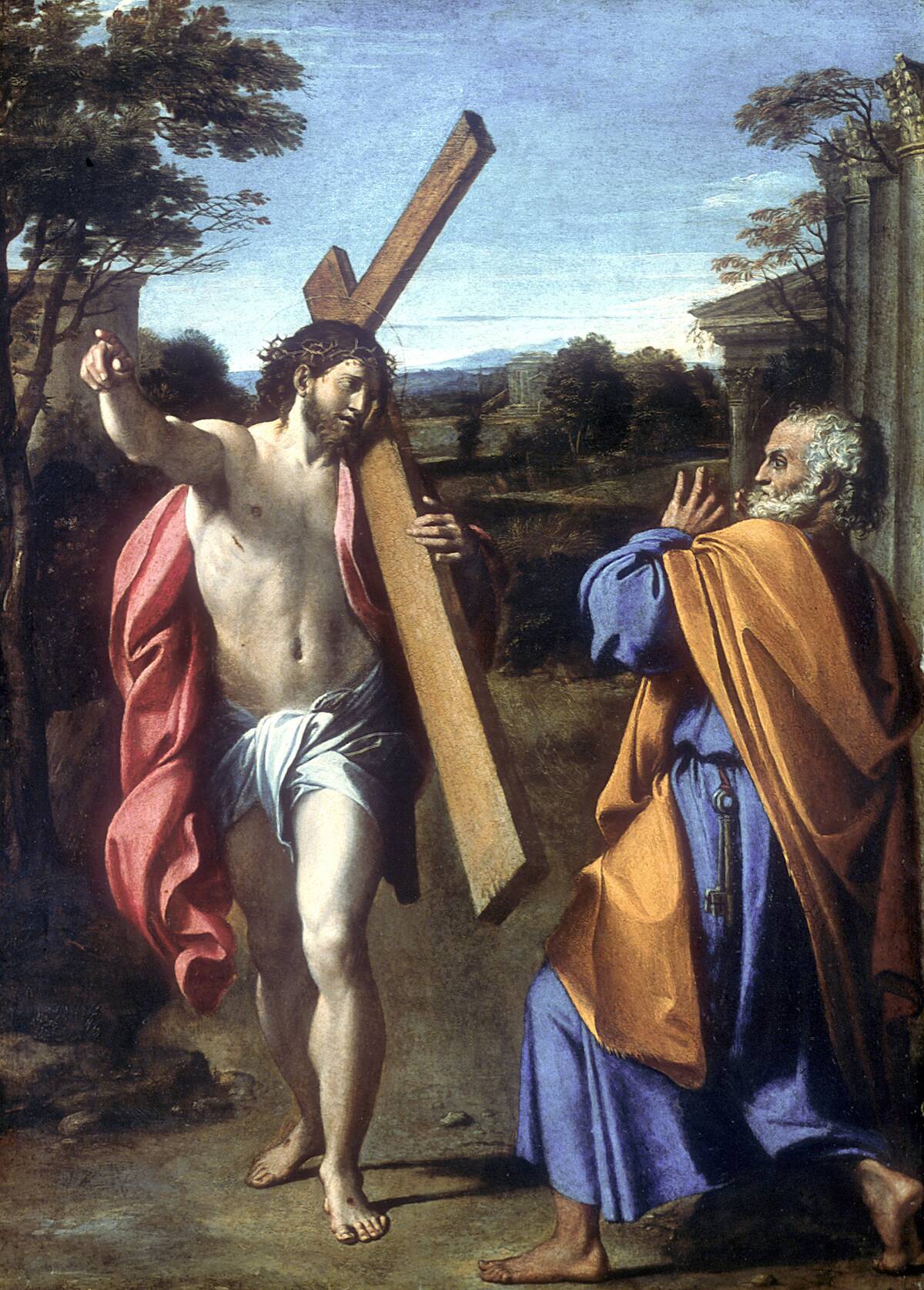
The roots of Roman Catholicism stretch back to the time of Jesus and his apostles. After Jesus’s resurrection, his followers, led by figures like Peter and Paul, spread his teachings throughout the Roman Empire.
By the 4th century, Christianity had gained significant traction, becoming the official religion of the Roman Empire under Emperor Constantine. This pivotal moment solidified the foundation of what would become the Roman Catholic Church.
Key Beliefs and Doctrines of the Catholic Church
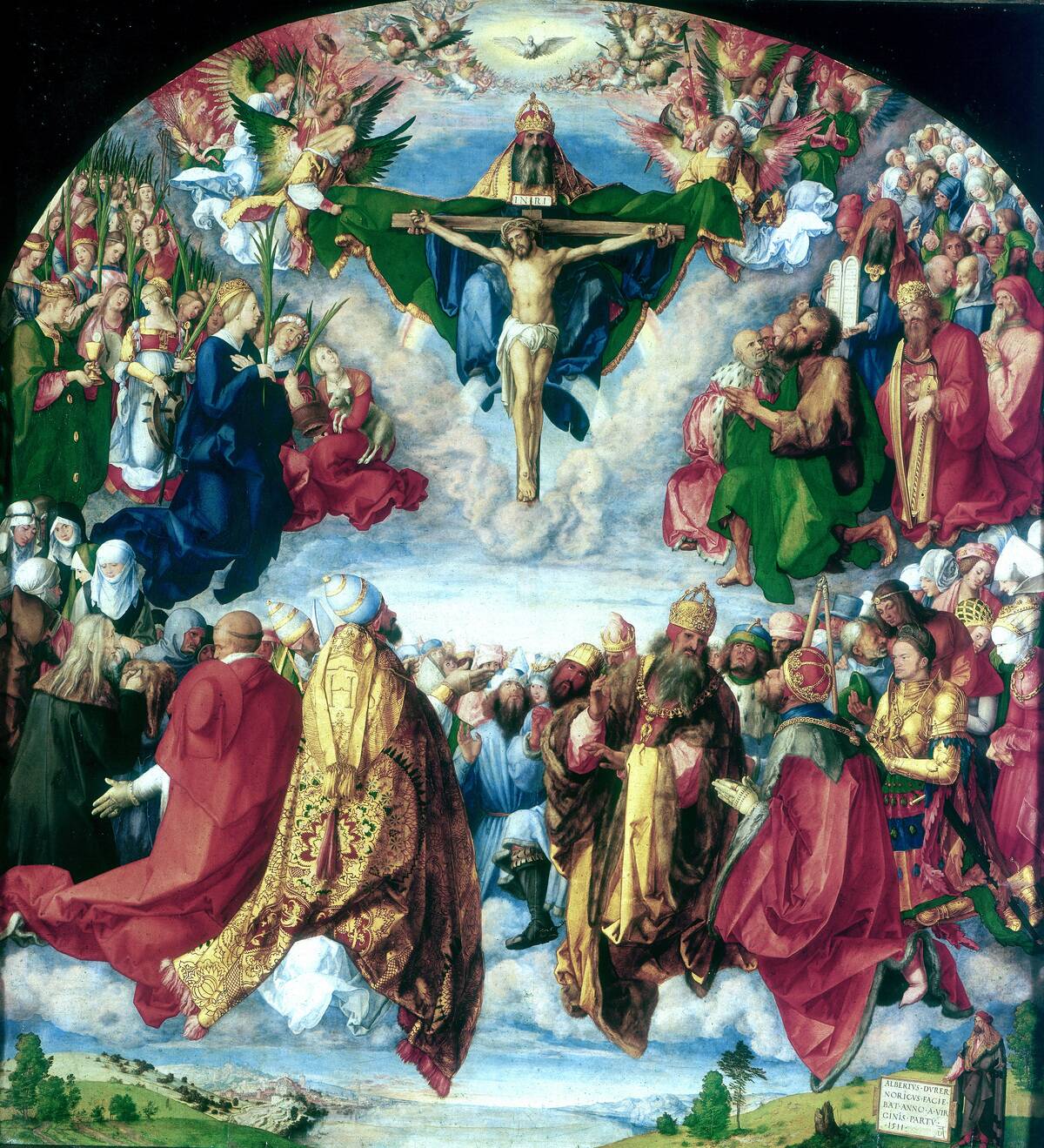
Central to Catholic doctrine is the belief in the Holy Trinity: the Father, the Son, and the Holy Spirit. Catholics also uphold the importance of the sacraments as channels of God’s grace.
The Church’s teachings emphasize the importance of faith and good works, and the authority of the Pope as the spiritual leader. These doctrines guide Catholics in their daily lives and spiritual journeys.
The Pope: The Spiritual Leader of the Catholic World
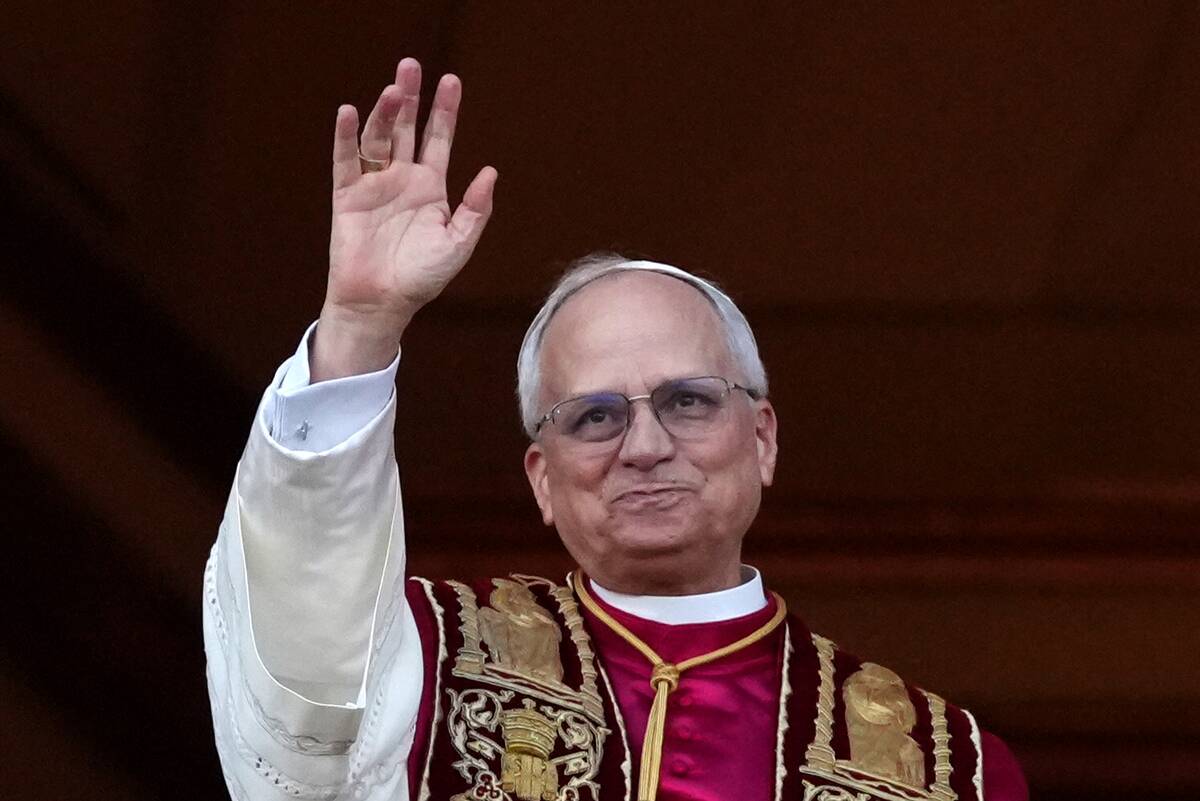
The Pope, often referred to as the Bishop of Rome, serves as the supreme spiritual leader for Catholics worldwide. As the successor to Saint Peter, the Pope is considered the Vicar of Christ on Earth.
The Pope’s role extends beyond spiritual guidance; he is also a moral and diplomatic figure who influences global issues. Pope Leo XIV, the current pope, is known for his humility and focus on social justice.
Vatican City: The Heart of Roman Catholicism
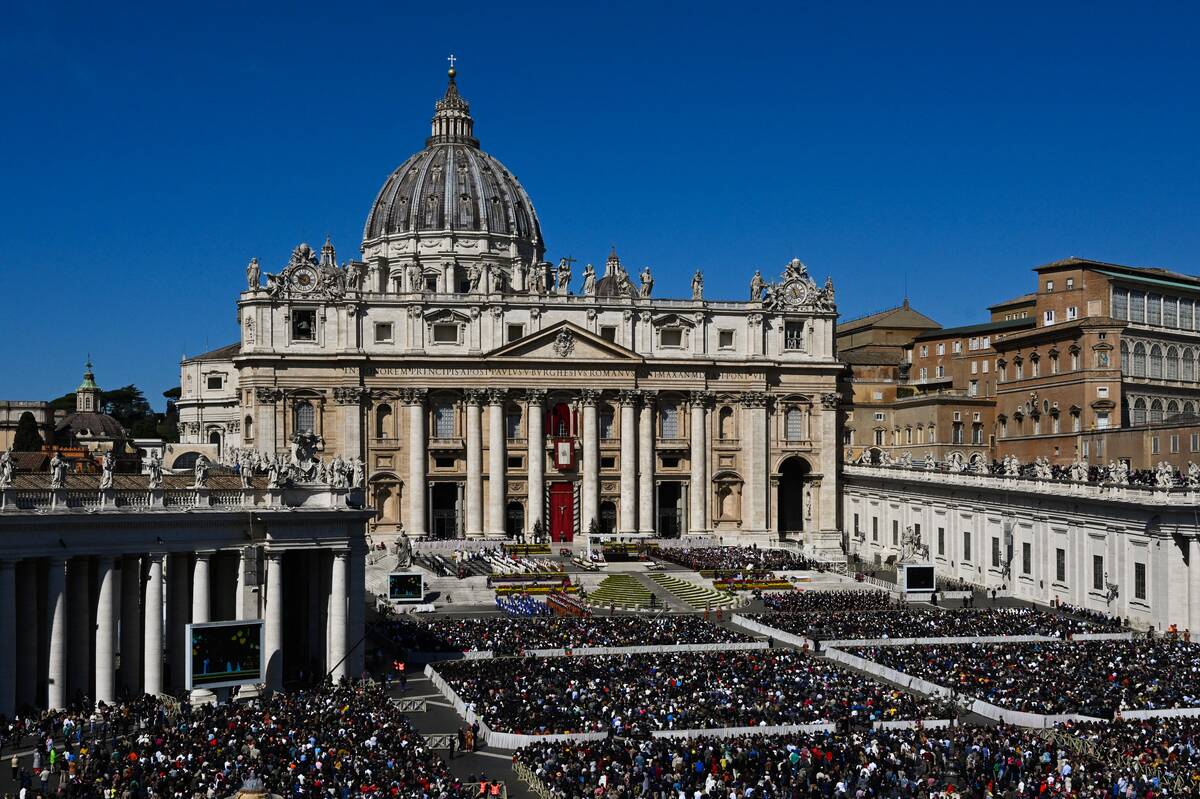
Vatican City is a unique enclave within the city of Rome and serves as the spiritual and administrative center of the Roman Catholic Church. It’s the smallest independent state in the world, both by area and population.
The Vatican is home to iconic landmarks such as St. Peter’s Basilica and the Sistine Chapel. It’s here that the Pope resides and where significant religious ceremonies take place.
The Seven Sacraments: Sacred Rites of the Church
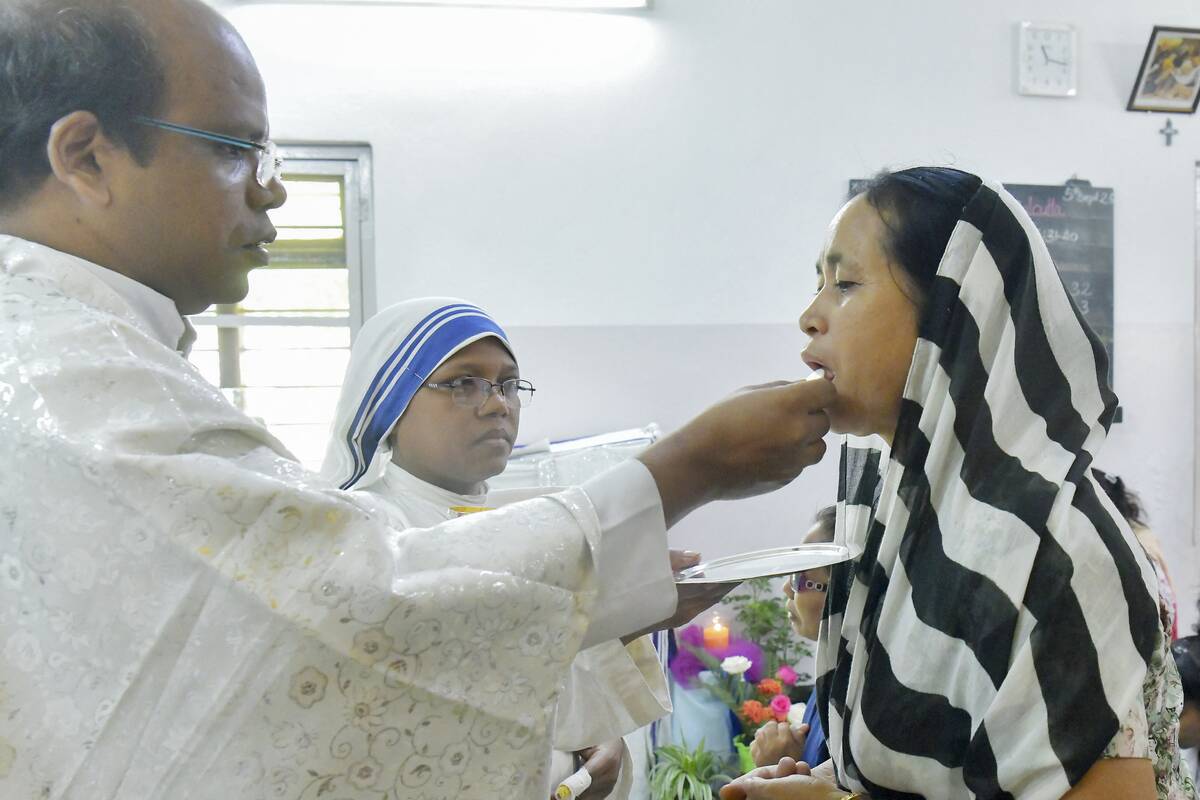
Catholics celebrate seven sacraments, which are seen as essential to their spiritual life. These include Baptism, Eucharist (pictured), Confirmation, Reconciliation, Anointing of the Sick, Marriage, and Holy Orders. Of course, most people don’t enter into a marriage and take holy orders in the same lifetime, as priests cannot get married.
Each sacrament represents a different aspect of a Catholic’s faith journey, marking important spiritual milestones. They are considered vital means through which God’s grace is dispensed to the faithful.
Catholic Mass: A Weekly Ritual of Worship
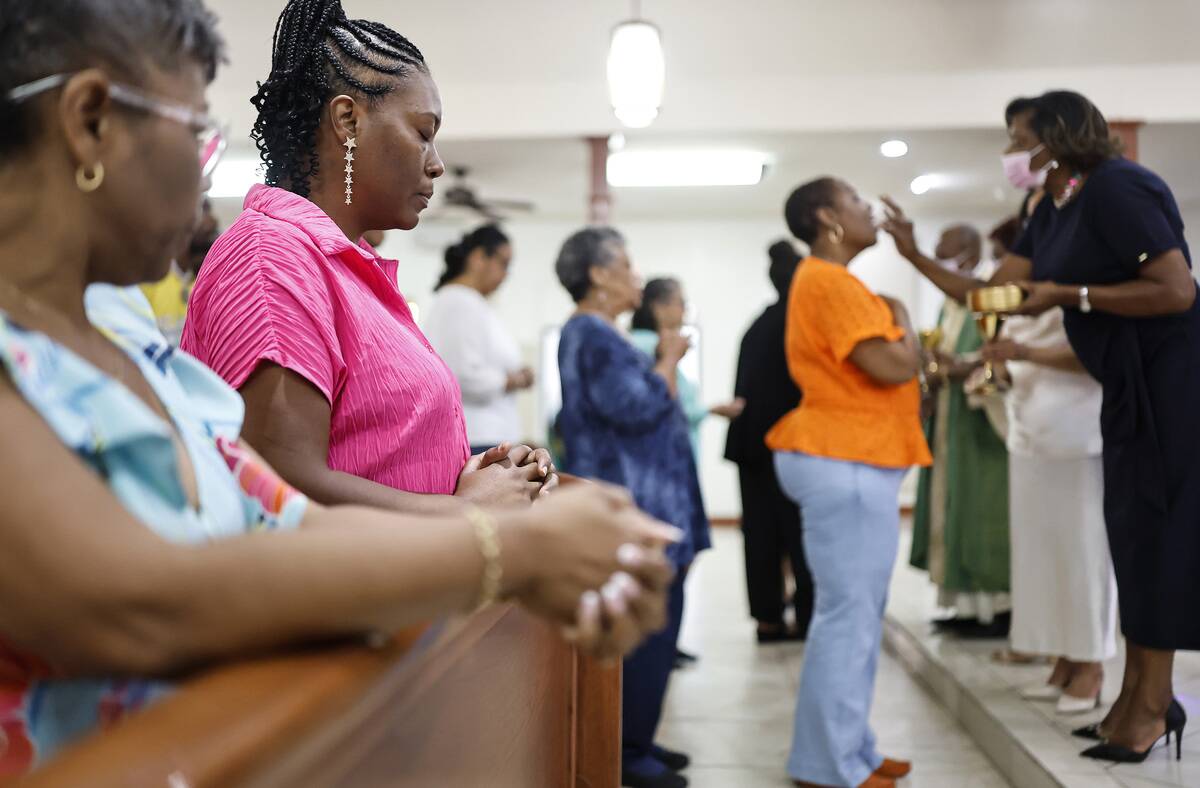
Attending Mass is a central aspect of Catholic life, as it commemorates the Last Supper of Jesus Christ. The Mass is divided into two main parts: the Liturgy of the Word and the Liturgy of the Eucharist.
During the Eucharist, Catholics believe they are partaking in the body and blood of Christ. This communal gathering is an opportunity for reflection, worship, and unity among believers.
Saints and Their Role in Catholicism
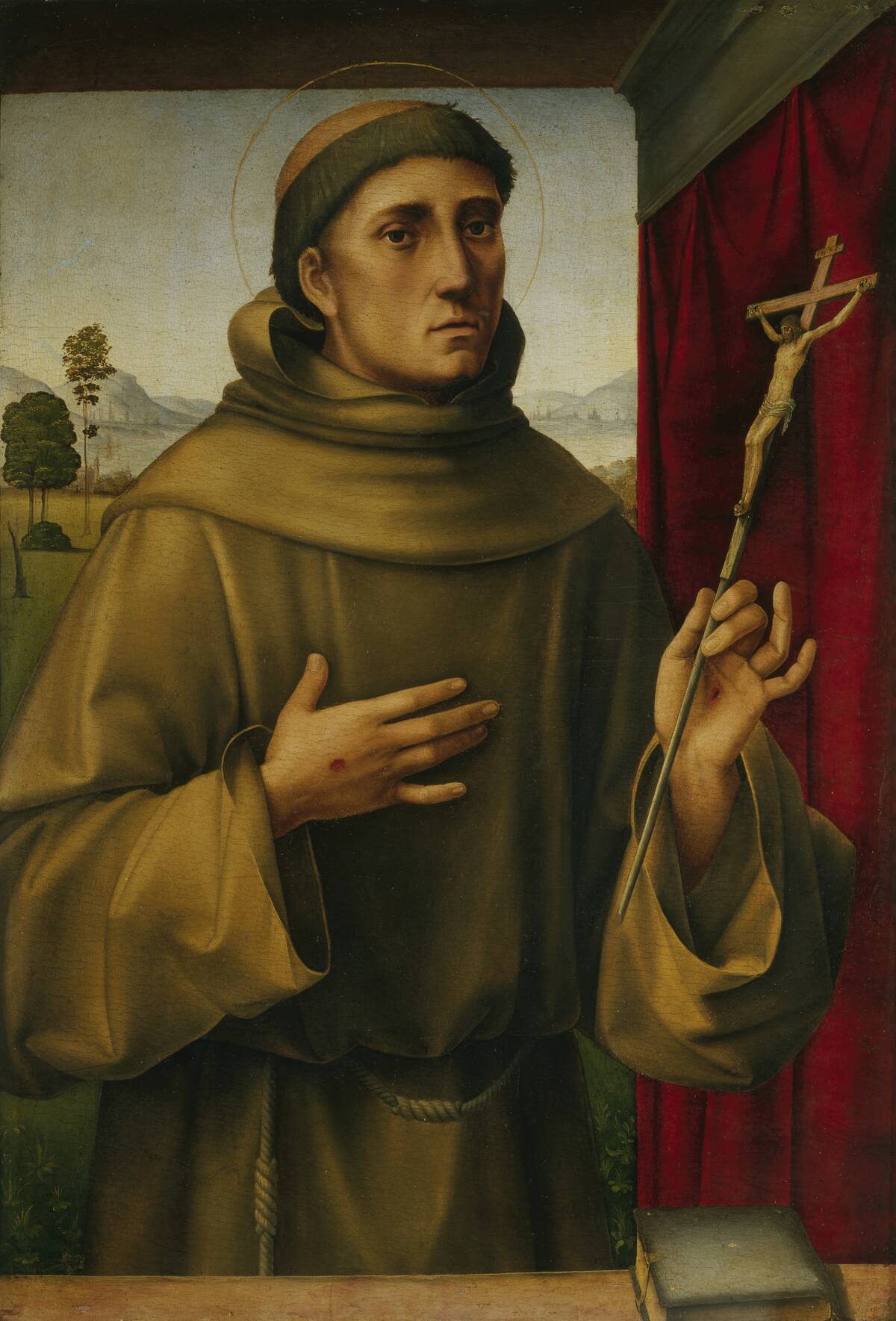
Catholics honor saints as exemplary models of holiness and virtue. Saints are believed to intercede on behalf of the faithful, offering prayers to God.
The process of canonization, by which individuals are declared saints, involves rigorous examination of their lives and miracles attributed to them. Figures like Saint Francis of Assisi and Saint Teresa of Ávila continue to inspire Catholics around the world.
The Rosary: A Prayer Tradition with Beads
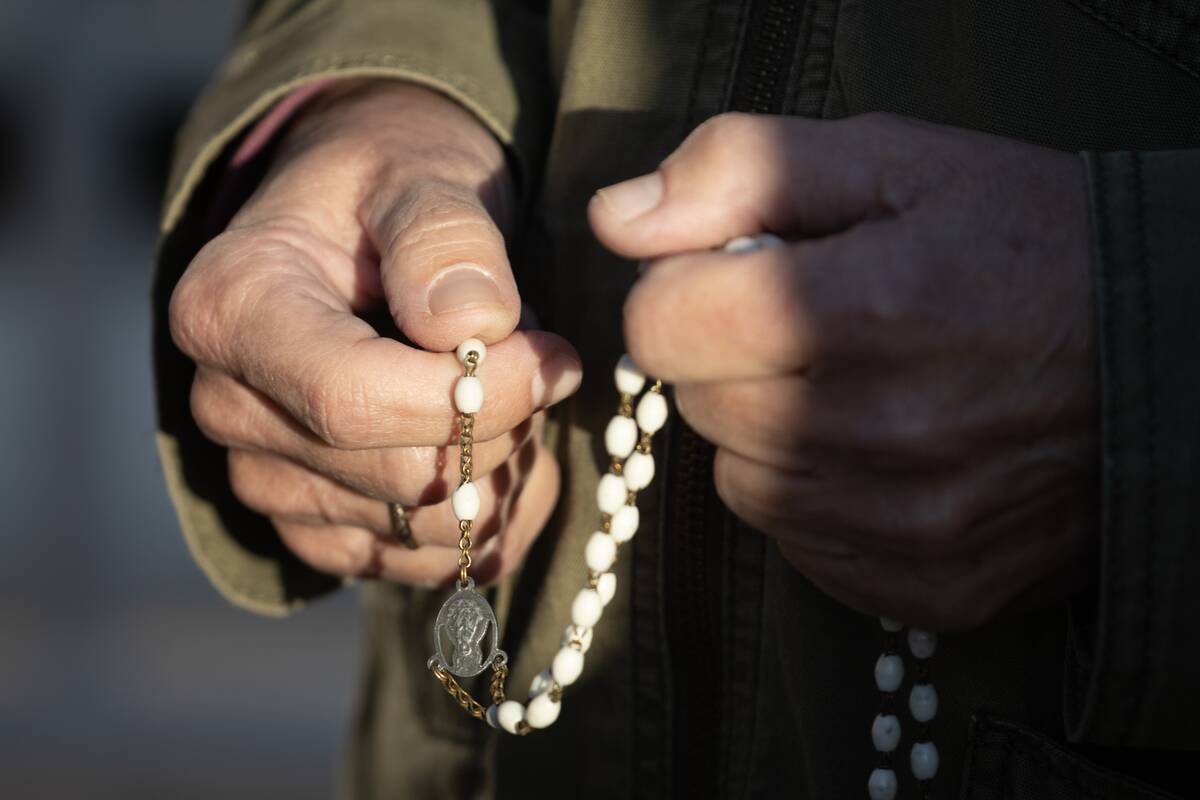
The rosary is a cherished Catholic prayer practice that involves the repetition of prayers while meditating on key events in the lives of Jesus and his mother, Mary.
It consists of a string of beads divided into five decades, each representing a mystery of the faith. The rosary is a powerful tool for contemplation and devotion, often used as a form of meditation that nurtures spiritual growth.
Holy Days of Obligation: Celebrations and Observances
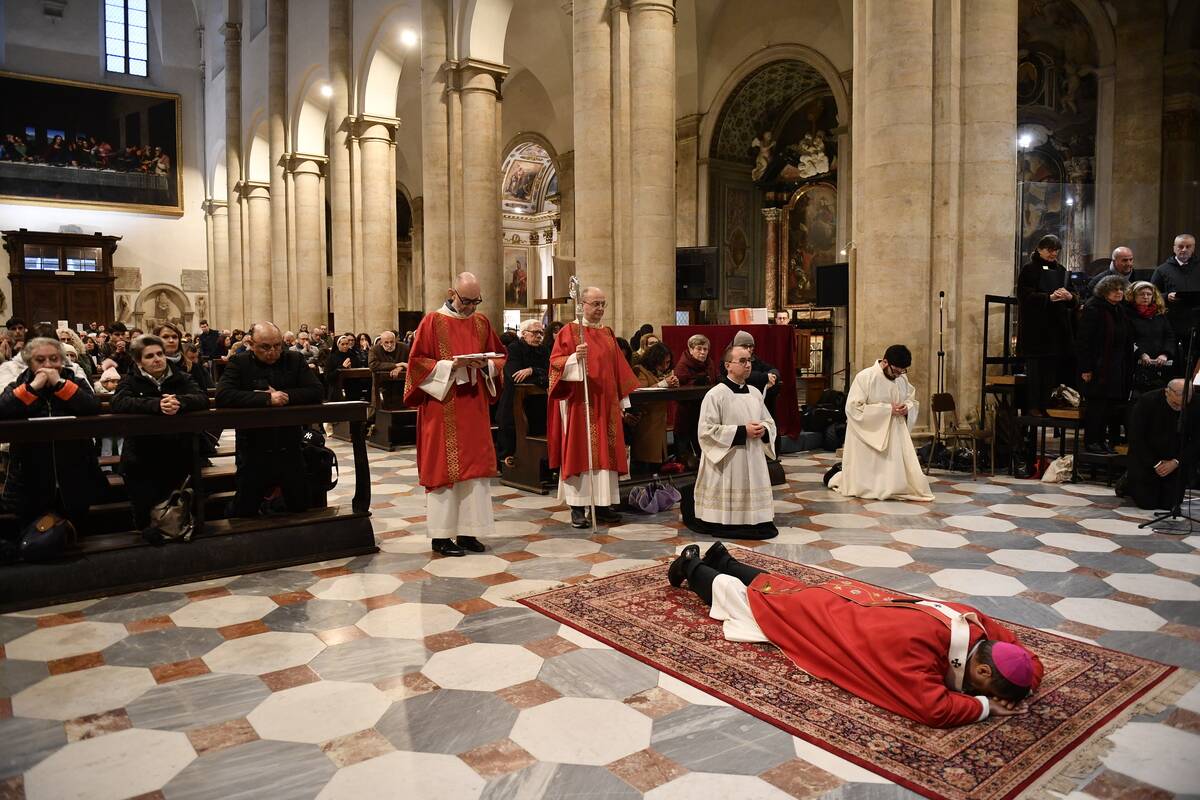
Holy Days of Obligation are special days in the Catholic calendar when the faithful are required to attend Mass. These include significant feasts such as Christmas and the Assumption of Mary.
Each holy day commemorates an important event in the life of Jesus or the saints. These observances serve as opportunities for Catholics to deepen their faith and connect with the broader Catholic community.
Catholic Symbols: From the Crucifix to Holy Water
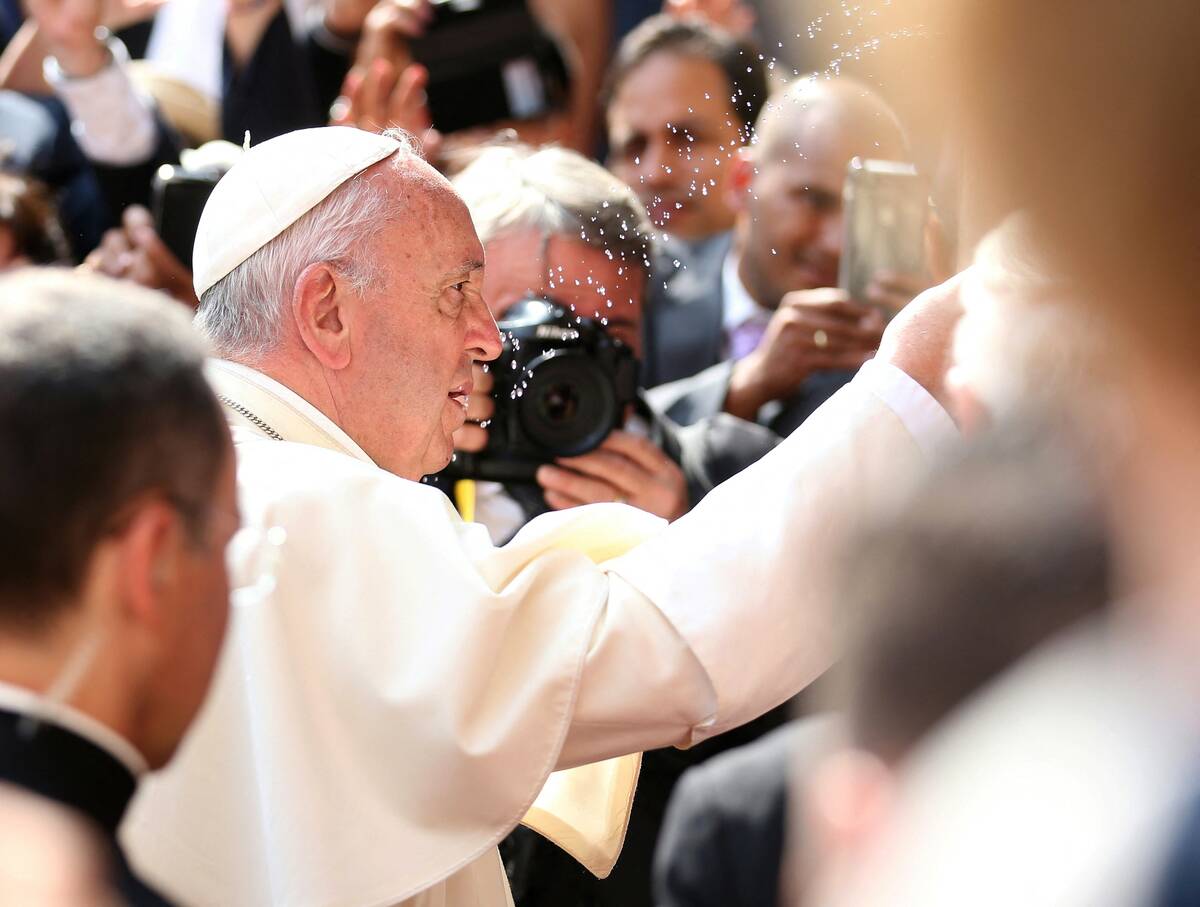
Catholicism is rich with symbols that convey deep spiritual meaning. The crucifix, a depiction of Jesus on the cross, serves as a reminder of Christ’s sacrifice. Holy water is used for blessings and as a symbol of purification.
Other symbols, such as the fish (ichthys), the lamb, and the dove, also hold significant theological implications, enriching the faith experience for believers.
The Role of Mary: Revered Mother of Jesus
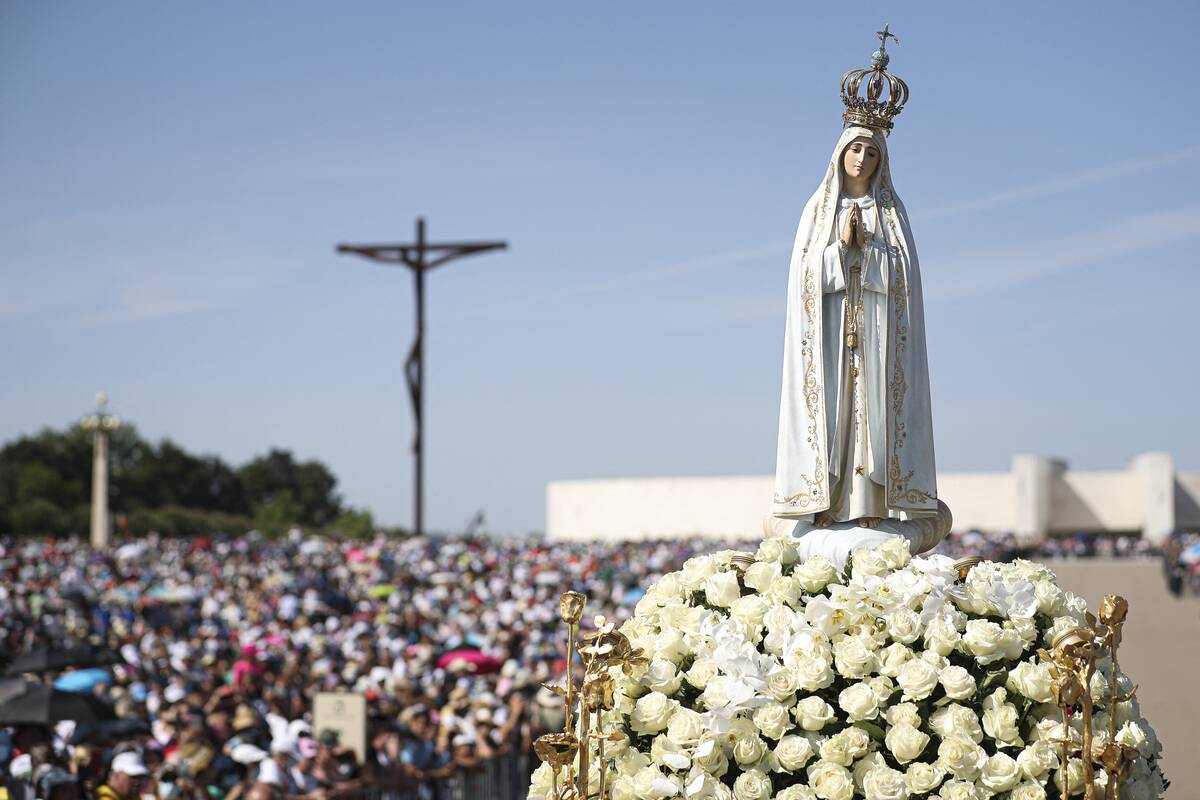
Mary, the mother of Jesus, holds a special place in Catholic devotion. She is venerated as the Mother of God and is seen as a model of faith and obedience.
Catholics believe in the Immaculate Conception, which means Mary was conceived without original sin. Her apparitions, like those at Lourdes and Fatima, have inspired millions and reinforced her role as an intercessor for believers.
The Catholic Church and Its Global Presence
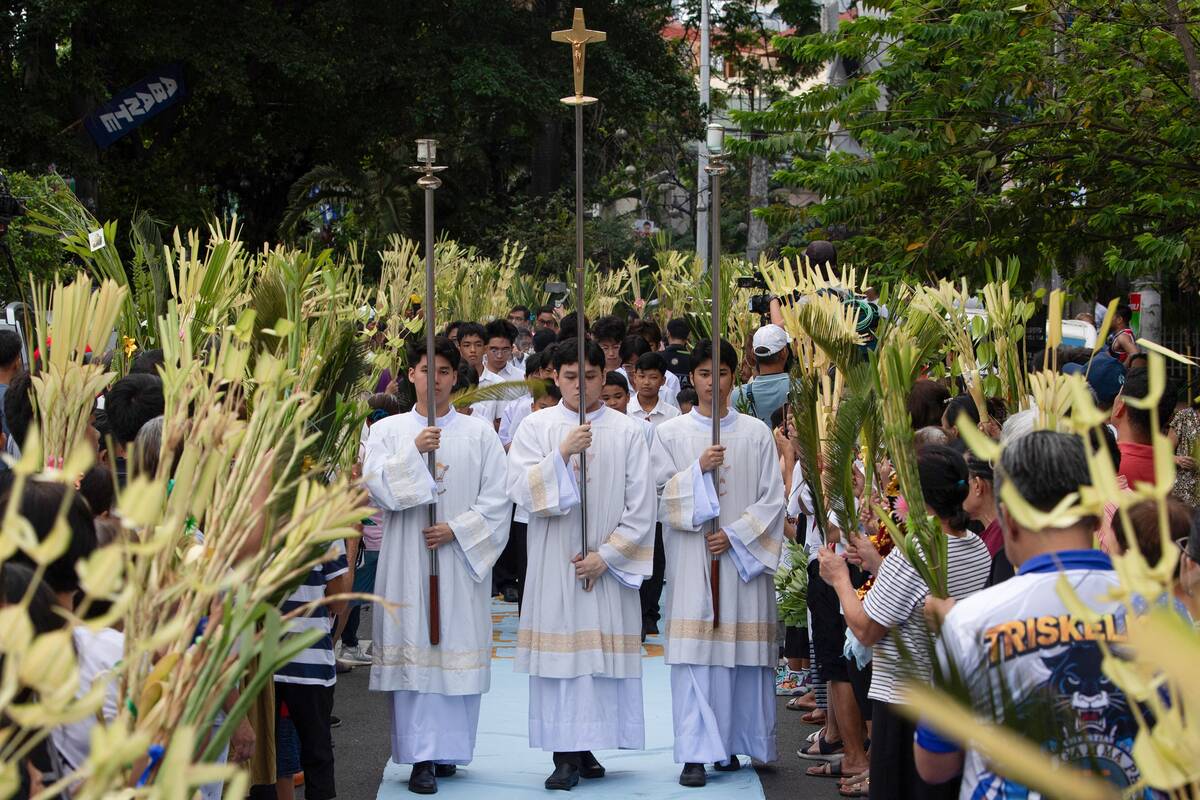
The Catholic Church’s influence extends to nearly every corner of the globe, with parishes and missions on every continent. It operates numerous charitable organizations, hospitals, and schools, providing education and aid to millions.
This global network reflects the Church’s dedication to spreading its message of love and service. The Church’s adaptability to diverse cultures contributes to its enduring presence and growth.
Pilgrimages: Spiritual Journeys in Catholic Life
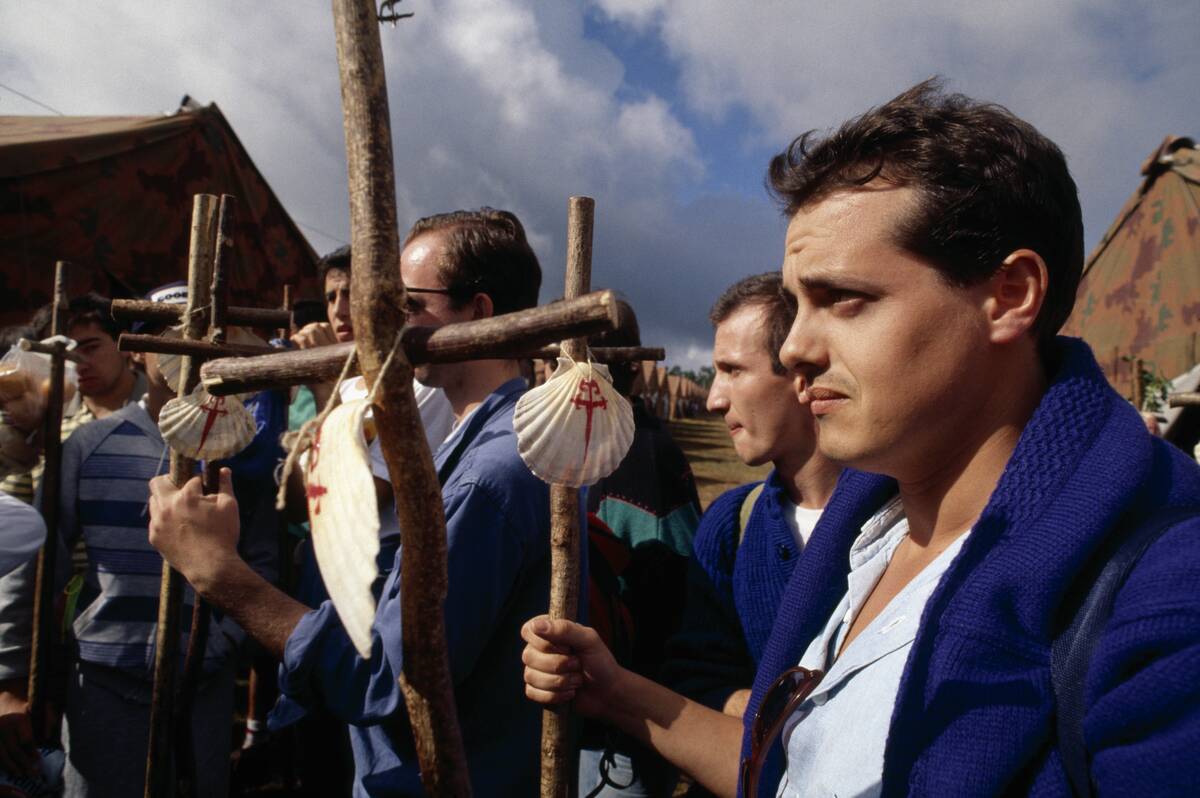
Pilgrimages are an integral part of Catholic spirituality, offering believers the chance to deepen their faith journey. Sites like Santiago de Compostela in Spain (pictured) and Lourdes in France draw millions seeking spiritual renewal.
These journeys are often seen as acts of devotion and penance, providing pilgrims with the opportunity to reflect, pray, and experience a sense of community with fellow travelers.
Catholic Education: Schools and Universities Worldwide
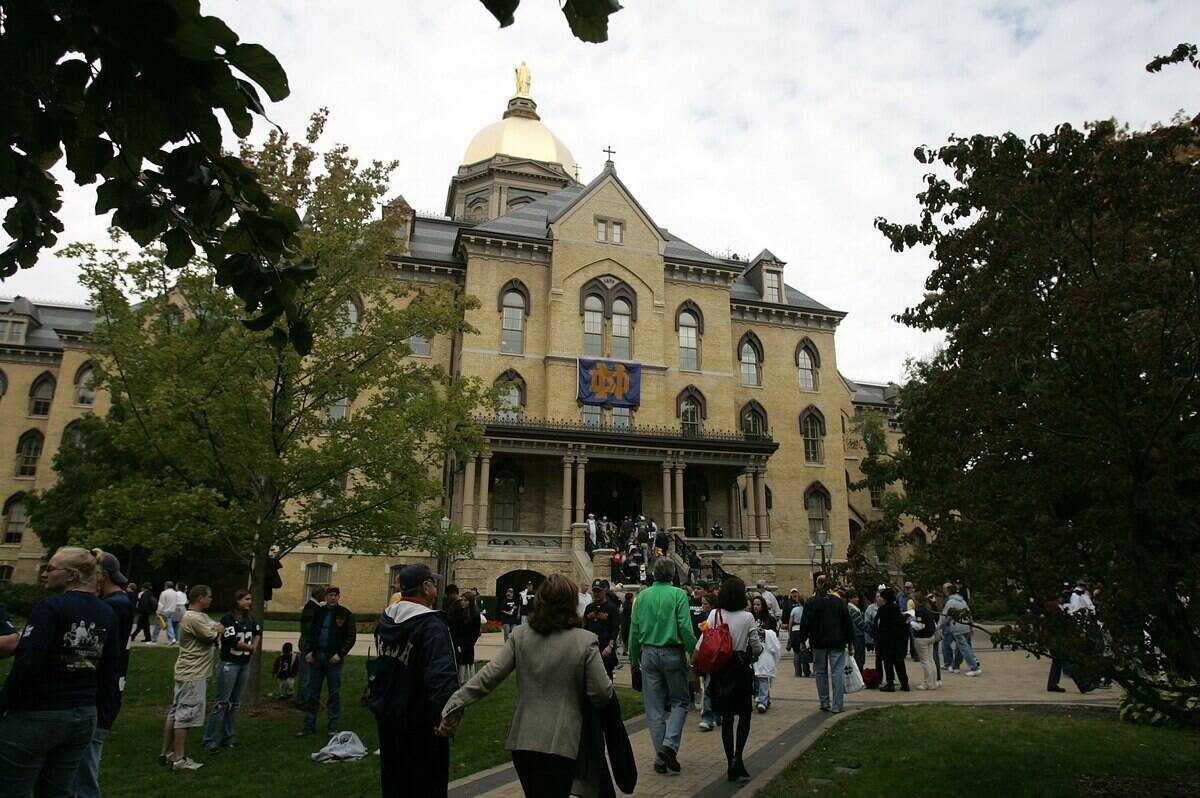
Catholic education plays a crucial role in the Church’s mission, with a network of schools and universities around the world. These institutions aim to provide academic excellence while instilling Catholic values.
Notable Catholic universities, such as Georgetown and Notre Dame (pictured), are renowned for their contributions to higher learning. Catholic schools emphasize the development of moral character alongside intellectual growth.
The Role of Art and Architecture in Catholic Worship
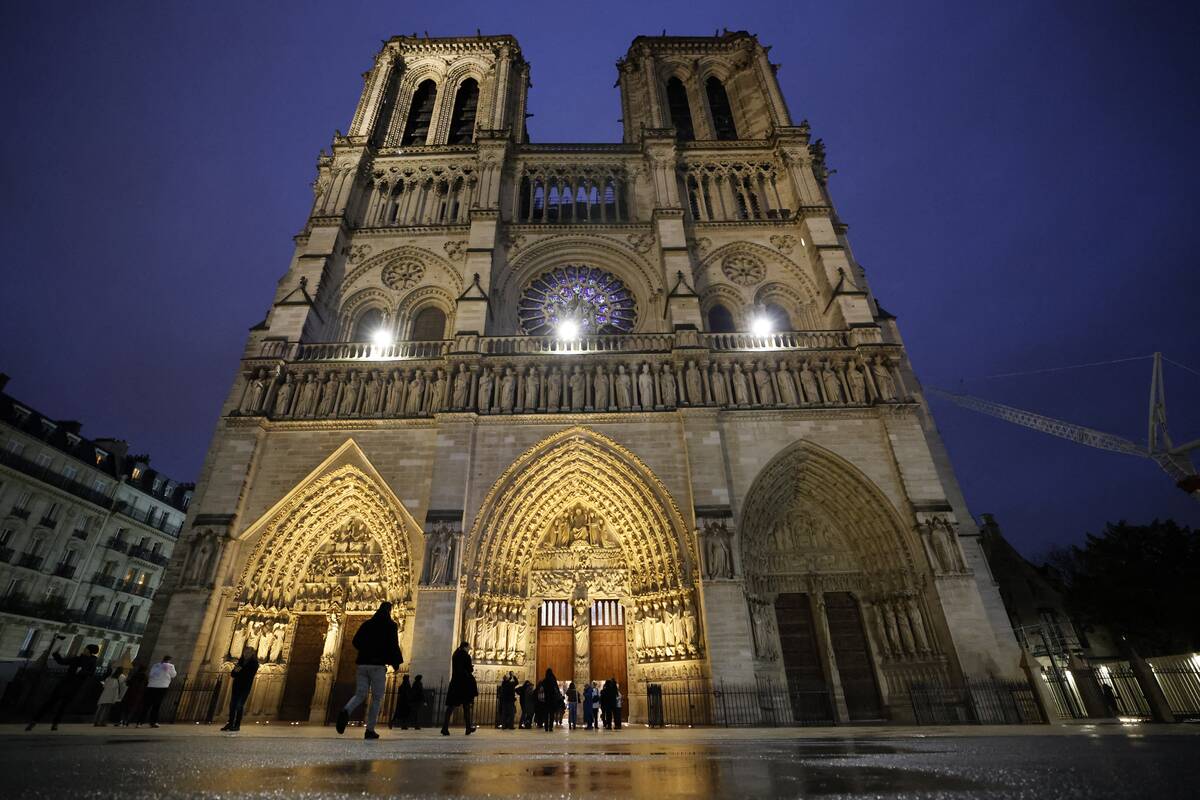
Art and architecture have long been vital to Catholic worship, with cathedrals and basilicas serving as masterpieces of religious expression.
Gothic cathedrals, with their soaring spires and stained glass, inspire awe and reflect the glory of God. Iconography and religious paintings, like those by Michelangelo and Caravaggio, capture key moments in Christian history, inviting the faithful to contemplate the divine.
Catholic Social Teachings: Faith in Action
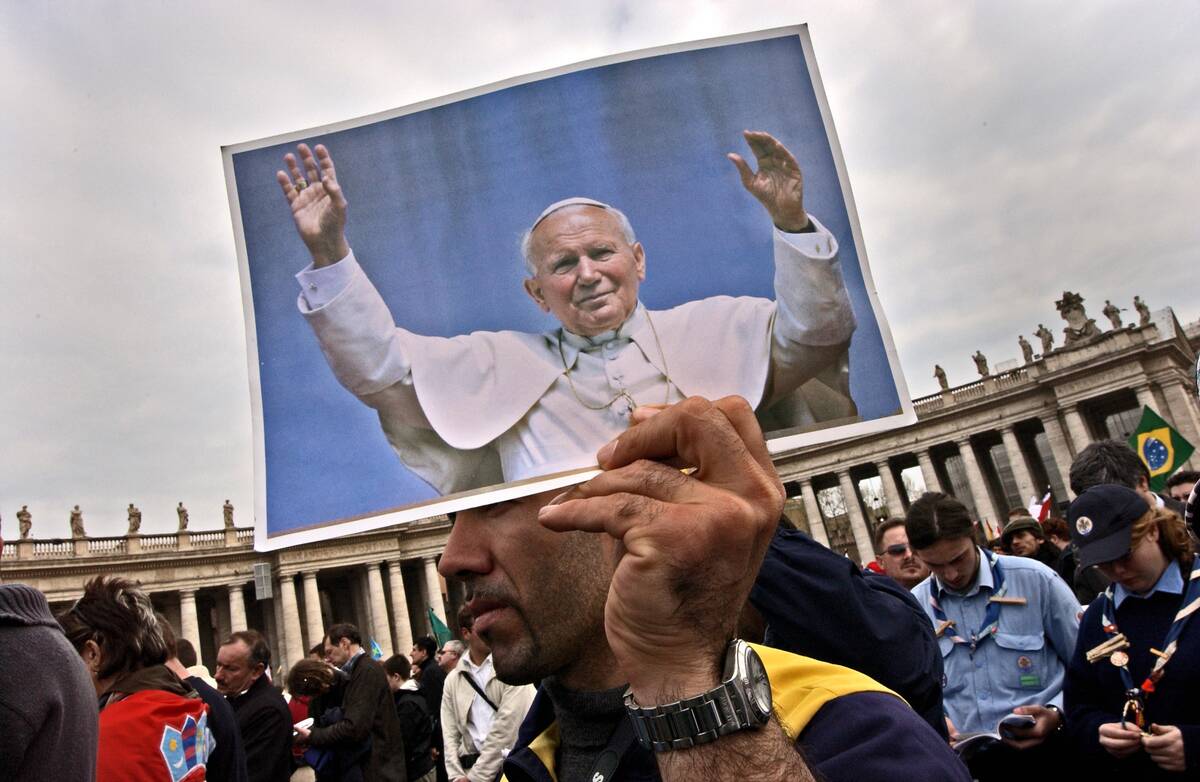
Catholic social teachings emphasize the importance of justice, peace, and care for the marginalized. Stemming from the belief in the inherent dignity of every person, these teachings guide Catholics in addressing social issues.
The Church advocates for the rights of workers, environmental stewardship, and the protection of human life. These principles inspire Catholics to engage in charitable works and social justice initiatives.
The Bible: Sacred Scripture of the Catholic Church
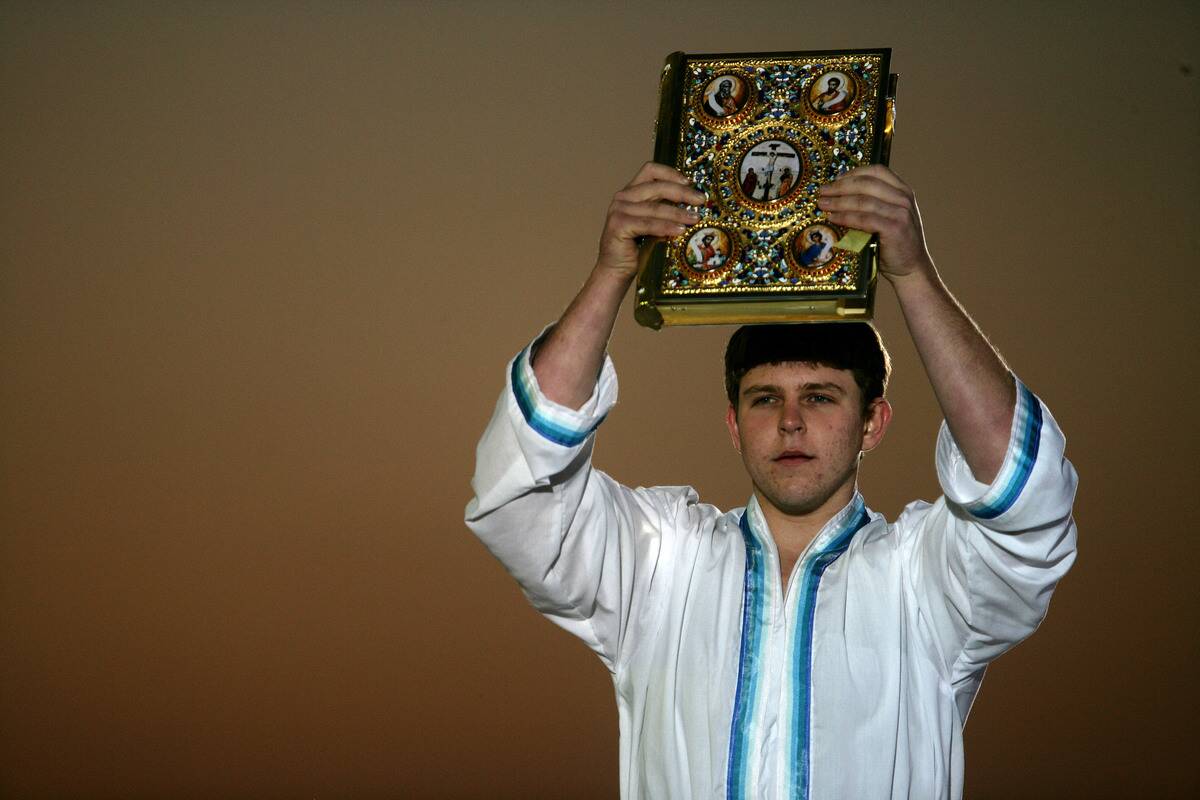
The Bible is the cornerstone of the Catholic faith, comprising the Old and New Testaments. Catholics believe it is the inspired word of God, offering guidance and wisdom.
The Church encourages the reading and interpretation of scripture through the lens of tradition. The Bible is read during Mass, studied in schools, and meditated upon by believers, serving as a vital source of spiritual nourishment.
The Influence of Roman Catholicism on World History
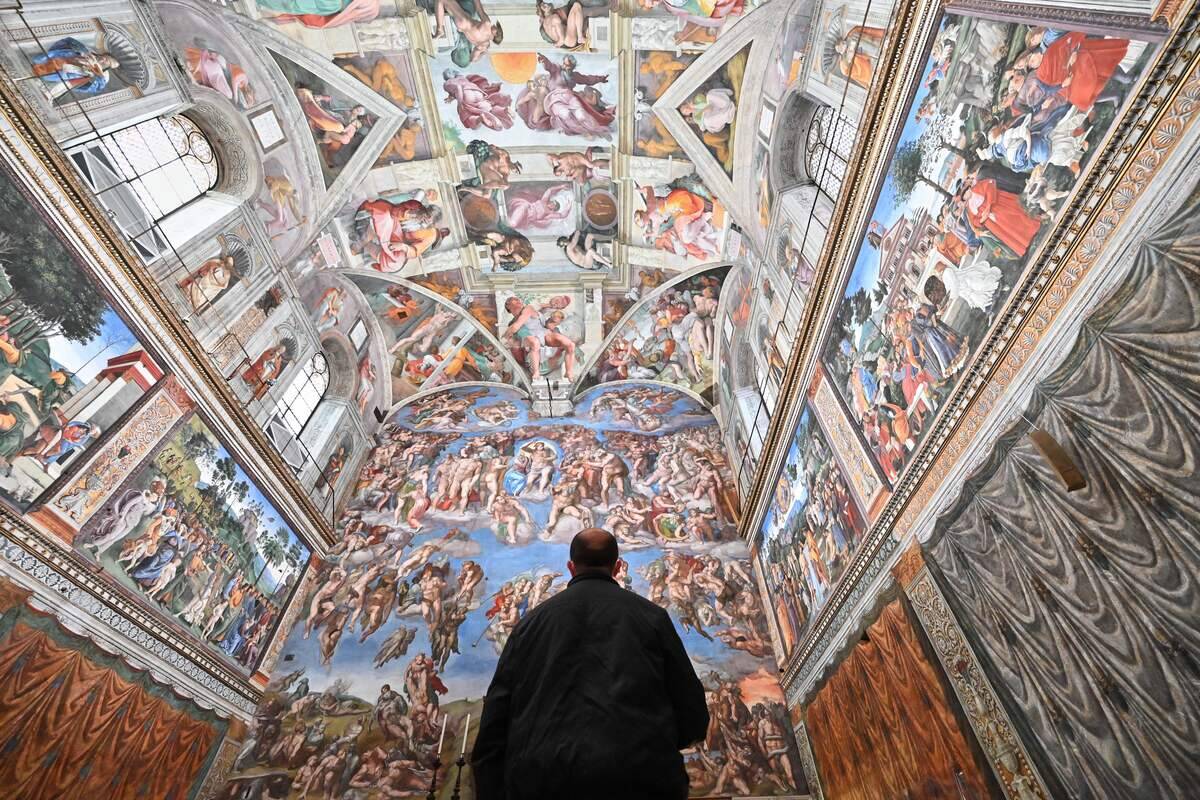
Roman Catholicism has profoundly shaped world history through its religious, cultural, and political influence. From the establishment of medieval universities to the patronage of the arts during the Renaissance, the Church has played a pivotal role in the development of Western civilization.
Its impact on global events, such as the Crusades and the Reformation, highlights the Church’s enduring presence across centuries.
Common Misconceptions about Roman Catholicism
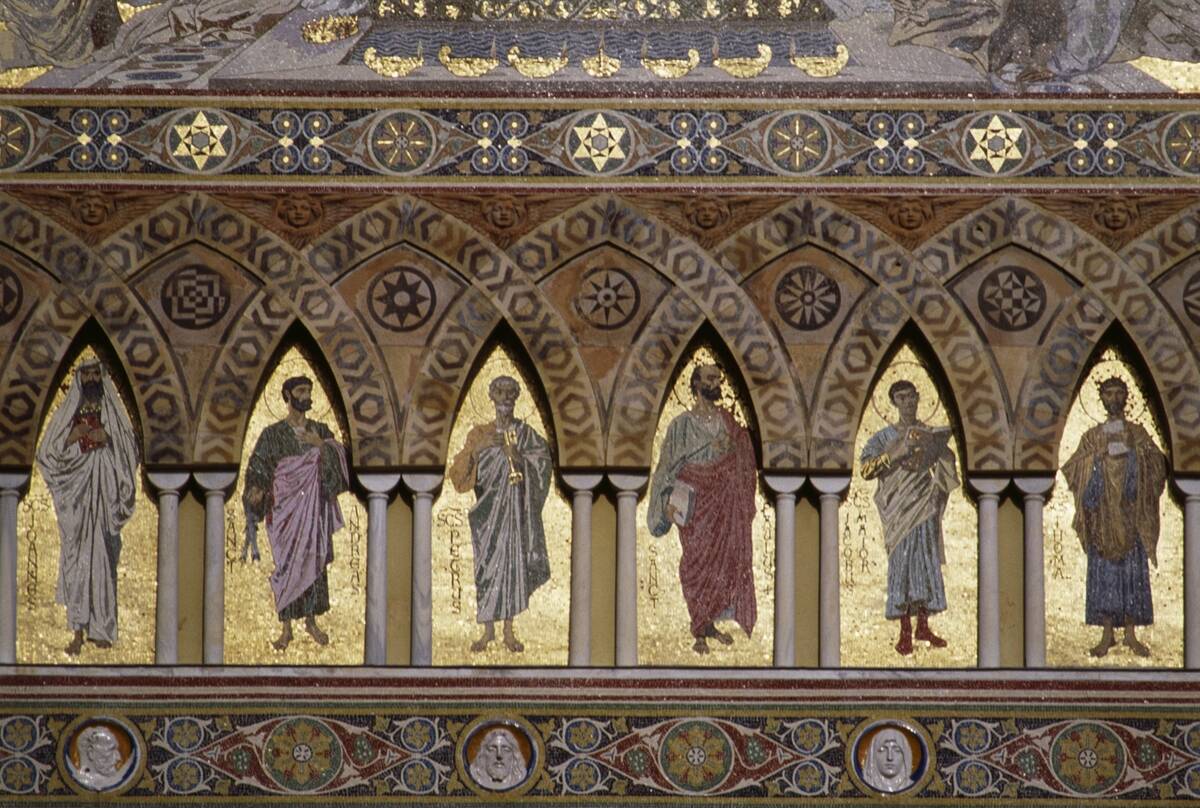
Misunderstandings about Catholicism often arise from its complex rituals and traditions. One common misconception is that Catholics worship saints, while in reality, they venerate them as intercessors.
Another is the belief that Catholics don’t value the Bible, whereas scripture is central to Catholic teaching. Clarifying these misconceptions helps foster greater understanding and appreciation of the depth and richness of the Catholic faith.




